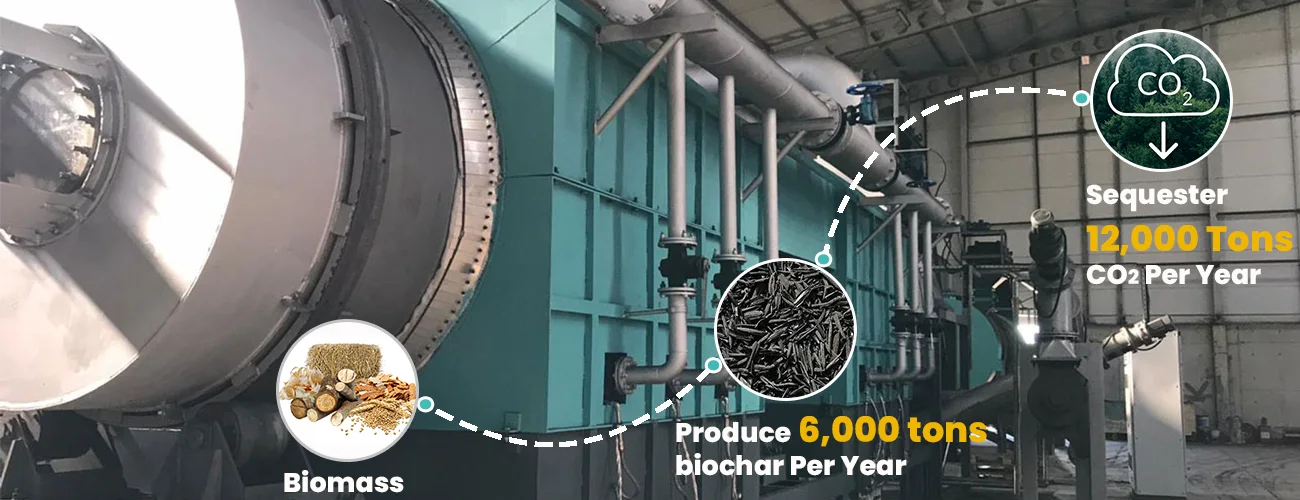The egg tray moulding machine and injection moulding system operate on fundamentally different principles and serve distinct material applications. The former relies on pulp molding technology, converting recycled paper into biodegradable packaging. The latter uses thermoplastics, injecting molten polymers into high-precision molds to form rigid, complex parts.
Process Fundamentals and Material Inputs
Pulp molding is inherently suited for packaging, especially in agricultural and food sectors, due to its ability to absorb shock, support ventilation, and decompose naturally. Conversely, injection molding is optimal for products requiring durability, dimensional stability, and fine surface detailing—commonly found in automotive, medical, and consumer electronics components.
Equipment Structure and Operational Flow
An egg tray moulding machine features a pulp preparation unit, forming mold station, drying section, and automatic stacking. It uses vacuum suction to shape wet pulp onto metal molds, followed by thermal drying to achieve rigidity. The process is relatively low-temperature and low-pressure, with operational throughput optimized for bulk packaging products like egg trays, cup carriers, and fruit containers.
Injection molding systems are far more complex in construction. They involve plasticizing units, high-tonnage clamping systems, precision molds, and hydraulic or electric actuation. Molten plastic is injected into a tightly sealed mold cavity under immense pressure, followed by rapid cooling and ejection. The cycle time is short, but tooling design is intricate and cost-intensive.
Cost Structure and Production Economics
One of the most defining differentiators is capital and operational cost. The egg tray making machine cost is significantly lower, both in initial investment and ongoing operation. It can be scaled using semi-automatic or fully automatic configurations, allowing manufacturers in emerging markets to access industrial packaging with minimal risk.
Injection molding, by contrast, demands high upfront investment in both machinery and mold fabrication. Each mold may cost thousands of dollars, making the process viable only for high-volume, standardized production runs. Any product design change requires costly mold modification or replacement, reducing agility.
Additionally, egg tray machines use water and paper waste—readily available and inexpensive raw materials. Injection molding depends on virgin or recycled polymers, which are subject to oil market volatility and environmental scrutiny.
Sustainability and Environmental Impact
In terms of environmental performance, the egg tray moulding machine offers a clear advantage. It transforms post-consumer paper waste into compostable packaging, aligning with circular economy principles. Energy consumption is moderate, and emissions are limited, especially in systems using renewable-fuel drying lines.
Injection molding, while capable of recycling plastic inputs, still poses concerns around plastic waste, end-of-life disposal, and microplastic pollution. The high energy intensity and reliance on petrochemical feedstock further compound its ecological footprint.
Product Application and Flexibility
Egg tray moulding machines are ideal for low-cost, high-volume packaging where structural strength and biodegradability are more critical than aesthetic precision. They offer flexible mold interchangeability, enabling fast transition between product types with minimal retooling.
Injection molding is unmatched in tolerance control and surface finish. It supports production of intricately shaped parts with tight dimensional requirements. However, its rigidity makes it less adaptable for biodegradable or single-use applications.
Conclusion
Choosing between an egg tray moulding machine and injection molding depends on the intended application, budget constraints, material preferences, and sustainability goals. While injection molding excels in precision and durability, the low egg tray making machine cost, coupled with eco-conscious output, positions pulp molding as the superior option for disposable packaging solutions.



No comments:
Post a Comment